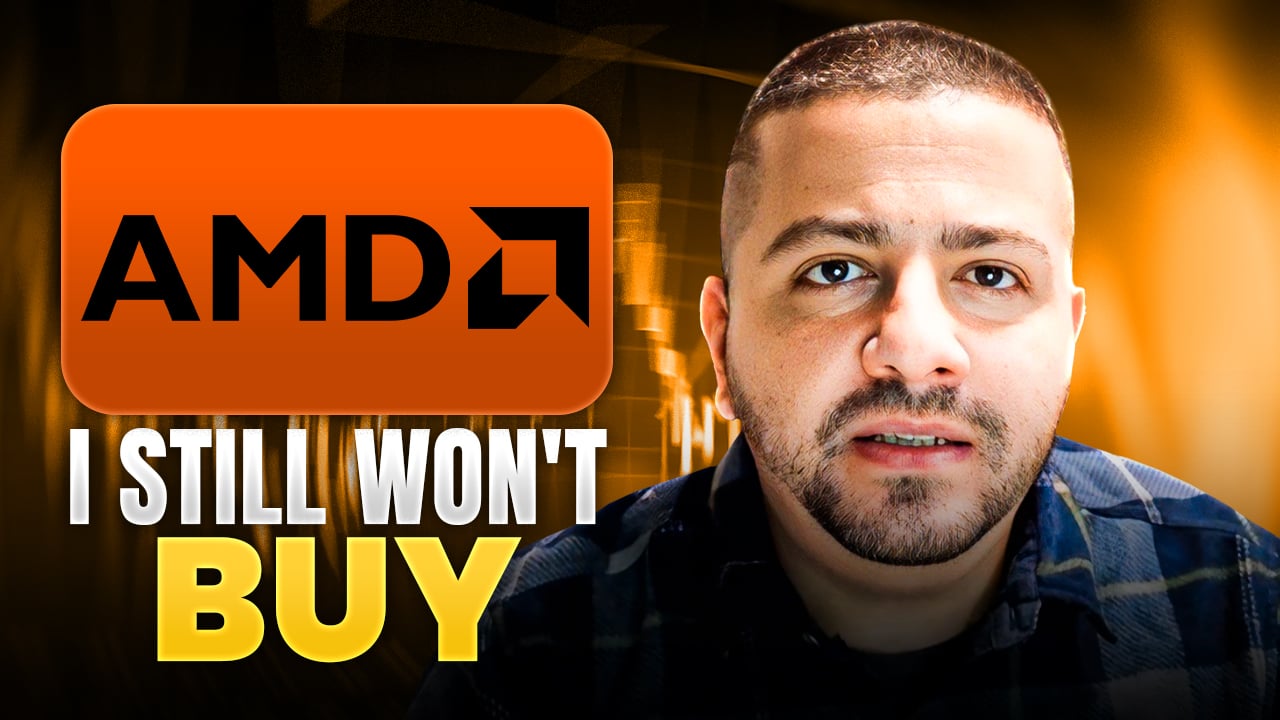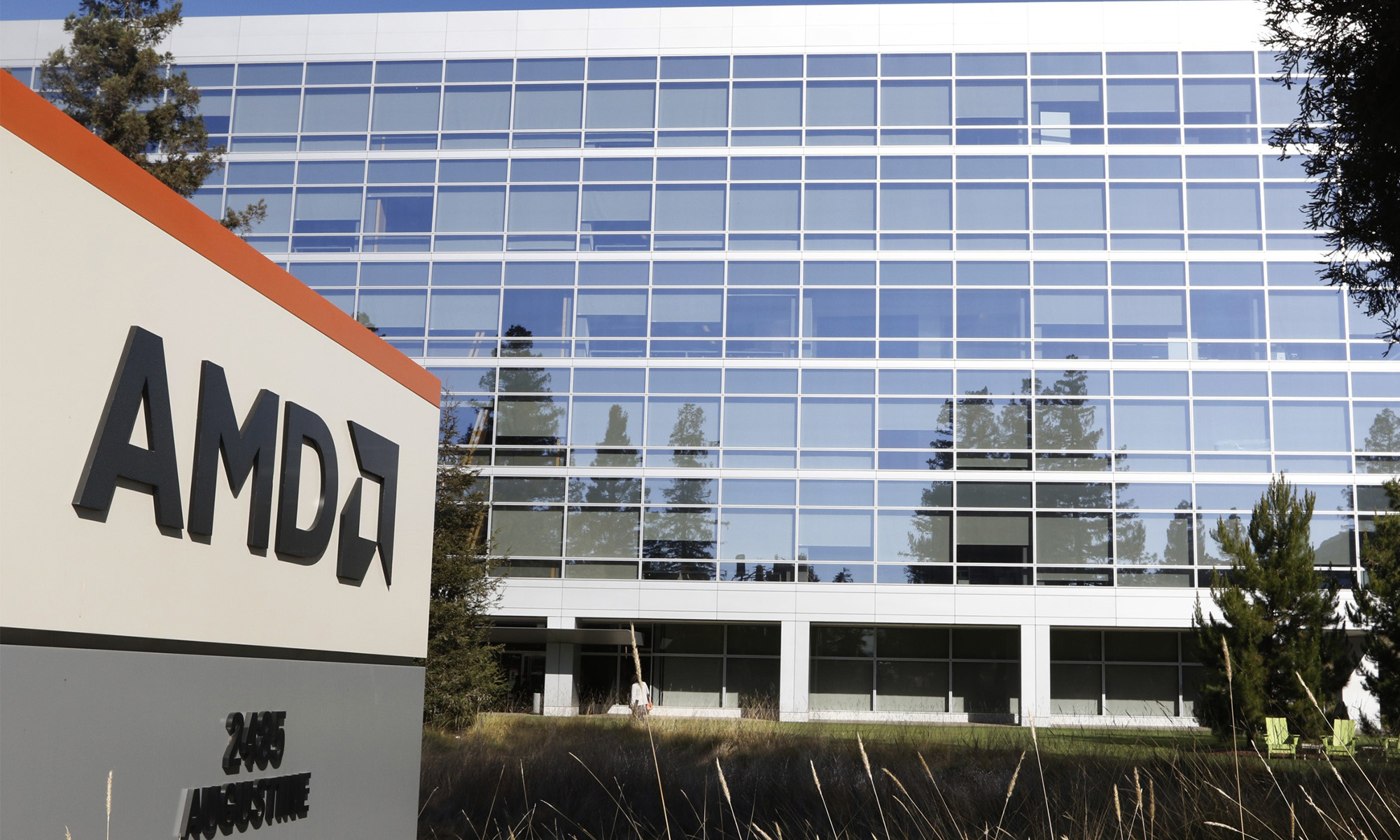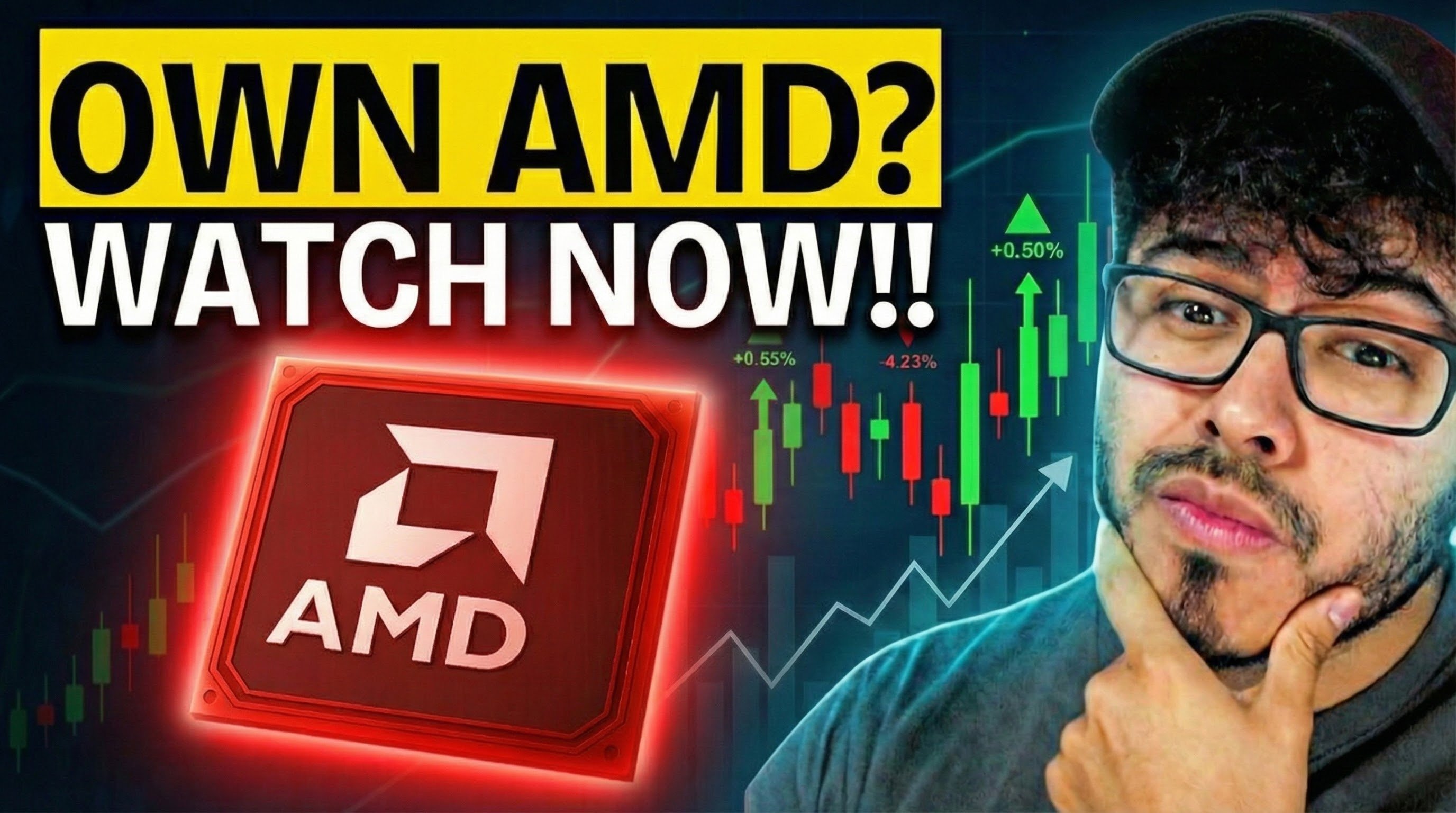I felt a little nostalgic this morning, looking back at my earliest days as an investor. Advanced Micro Devices (AMD +3.35%) was one of the first stocks I ever bought (as part of a diversified group of seven tickers in October 2000). An avid reader of The Motley Fool, I was ready to dip my first toe into the waters of Wall Street, taking advantage of low stock prices in the middle of the dot-com bubble popping. That $400 bet on AMD (and another $400 spread across six stocks in healthcare, car brands, and retailers) felt big at the time.
Four years later, I sold those tentative AMD shares at an effective return of 28%, including $33 of transaction fees along the way. Without the fees, it would have been a 37% gain. By comparison, the S&P 500 (^GSPC +0.76%) index fell 13% over the same period on a dividend-adjusted basis.
But what if I had held on to that early AMD investment until today? How much would that original stake of $400 be worth now?
The tale of the tape
As it turns out, a $400 AMD investment on Oct. 1, 2000, would be worth $1,916 today. That's better than the S&P 500, and trading fees went out of style many years ago. Wow, it feels like I should have kept a tight grip on my AMD stock through thick and thin, including the lean years from 2010 to 2016:
But wait a second -- AMD doesn't pay dividends. It's unfair to compare the market gains of a dividend-less stock to the returns of a market index, which carried an average dividend yield of 1.7% across this two-decade span. So what happens if I look at the total returns instead, which assumes that dividends were reinvested along the way?
Well, AMD's returns didn't change, but the S&P 500 took a leap. In this view, simply holding on to an S&P 500 index fund, such as the SPDR S&P 500 ETF (SPY 1.10%), would have served me just as well:
AMD Total Return Level data by YCharts.
Lessons learned from a long-term overview
Looking back at these charts calmed my nerves. Tapping out of my AMD investment in 2004 turned out to be a good move over the next decade, where a rock-solid index tracker outperformed the struggling semiconductor company by a wide margin.
If anything, I missed the boat when AMD appointed Lisa Su as CEO in October 2014. That brilliant promotion was a massive game-changer for AMD, where the board of directors had made several questionable C-suite decisions in the early 2010s. Dr. Su seems almost incapable of making a mistake. Under her robust leadership, AMD has grown from a small-cap has-been to an industry giant with a $180 billion market cap.
I'm not saying that AMD is a no-brainer buy today, though. The stock trades at a lofty 470 times earnings and 72 times free cash flow, which looks overheated even in this rapidly improving economy. The ongoing AI boom helps, but AMD still has much work to do to support its soaring stock price.

NASDAQ: AMD
Key Data Points
So this was a helpful trip down memory lane. Reflecting on past investments like AMD underscored the importance of staying informed, comparing individual stock performance on an apples-to-apples basis, and paying attention to valuation before making investment decisions in the current market.
These charts also drove home the powerful impact of stable dividends and reminded me of Lisa Su's world-class track record. It's quite amazing to see one excellent leader undo years of fumbles and execution errors. If you think it doesn't matter who runs the show at a public company, one look at Lisa Su's tenure should change your mind.







